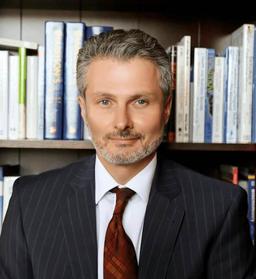Body autonomy is defined as the right of self-governance over one’s body and is a fundamental human right. Will this core of our personal freedoms be maintained or challenged in order to assuage public fears about COVID-19?
Tech billionaire and philanthropist Bill Gates has recommended maintaining some of the quarantine restrictions until a COVID-19 vaccine is prepared in 16 to 18 months. If governments were to take the advice of this self-appointed pandemic guru, what would be their response to those people who choose not to vaccinate?






